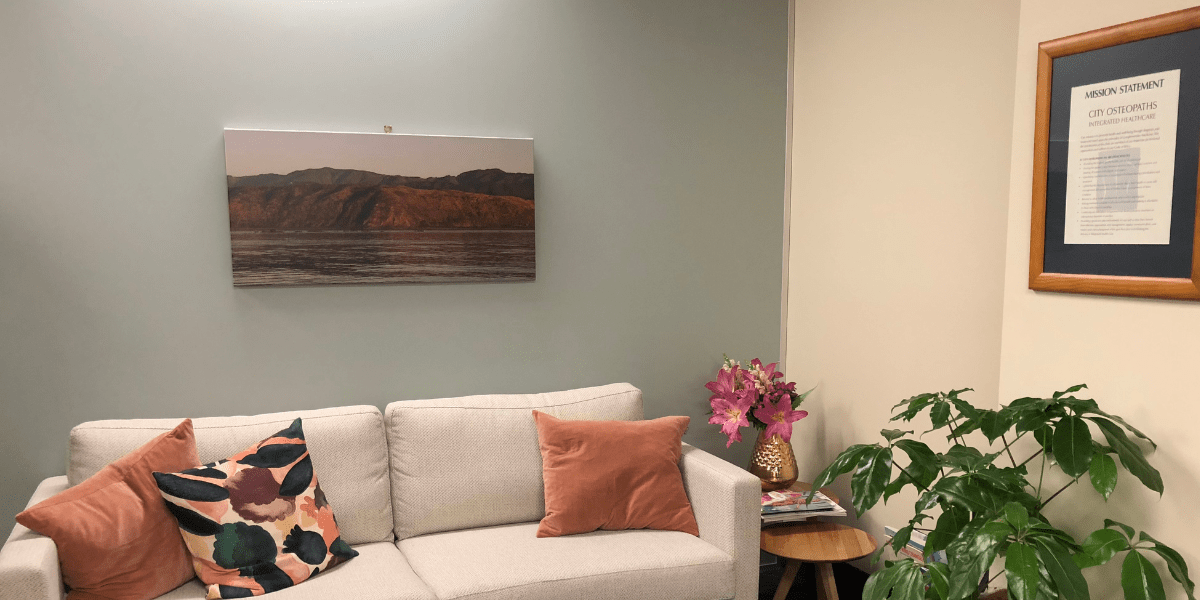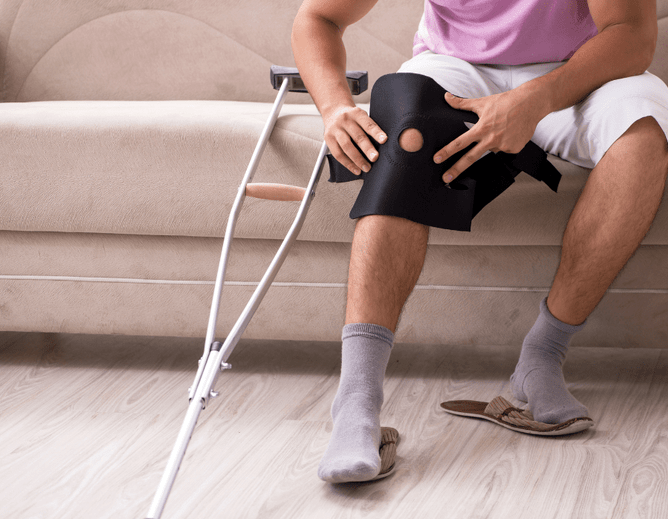There are four phases which overlap and may last varying lengths of time depending on the type and severity of the injury.
Healing begins when you get a wound or injury which typically involves the breaking or laceration of a membrane which causes damage to the tissues.
Hemostasis
This is the first stage which happens immediately. Your body will initiate mechanisms to control bleeding which you might not be able to see because it's internal. During this phase you may experience swelling, heat, redness, bleeding, and/or bruising,
Inflammation
This is the next phase which overlaps with hemostasis. It's a natural phase for the body to help remove debris, pathogens and damaged tissue from the wound. The inflammatory process helps to create a clean wound bed for further repair to the damaged tissue helping eliminate bacteria and other foreign particles. Inflammation can last up to and beyond 48 hours depending on the severity of the injury.
Proliferation
At this stage hemostasis has been achieved, inflammation has become balanced and the wound is beginning to heal. This stage is typically around day 4 to 12 of the injury depending on the size of the wound and the individual. This is when the defect in the wound can start to heal and inflammation is less noticeable. This is a complex part of the healing process where fibroblasts (connective tissue cells) migrate to produce collagen which is the primary protein responsible for wound strength.The wound will start to form new blood vessels to supply fresh oxygen to the healing tissue.
Remodelling
This is the final stage and can take up to 2 years, it depends on the nature of the injury and damage to the tissue. The final event for repair is where the collagen fibers begin to get stronger and the scar tissue begins to mature. Eventually the scar tissue will start to take the shape of unwounded tissue. Despite this the wound never achieves the same level as unwounded tissue.
It is important to note that wound healing is a dynamic and overlapping process where a number of factors can influence the progression. Medication. lifestyle and nutrition are some of the factors that can speed up or slow down the recovery process.
References:
Teller, P. and White, T.K. (2011) ‘The Physiology of Wound Healing: Injury Through Maturation’, Perioperative Nursing Clinics, 6(2), pp. 159–170.
Velnar, T., Bailey, T. and Smrkolj, V. (2009) ‘The Wound Healing Process: an Overview of the Cellular and Molecular Mechanisms’, The Journal of International Medical Research, 37(5), pp. 1528–1542.
Young, A. and McNaught, C.-E. (2011) ‘The physiology of wound healing’, Surgery, 29(10), pp. 475–479.


